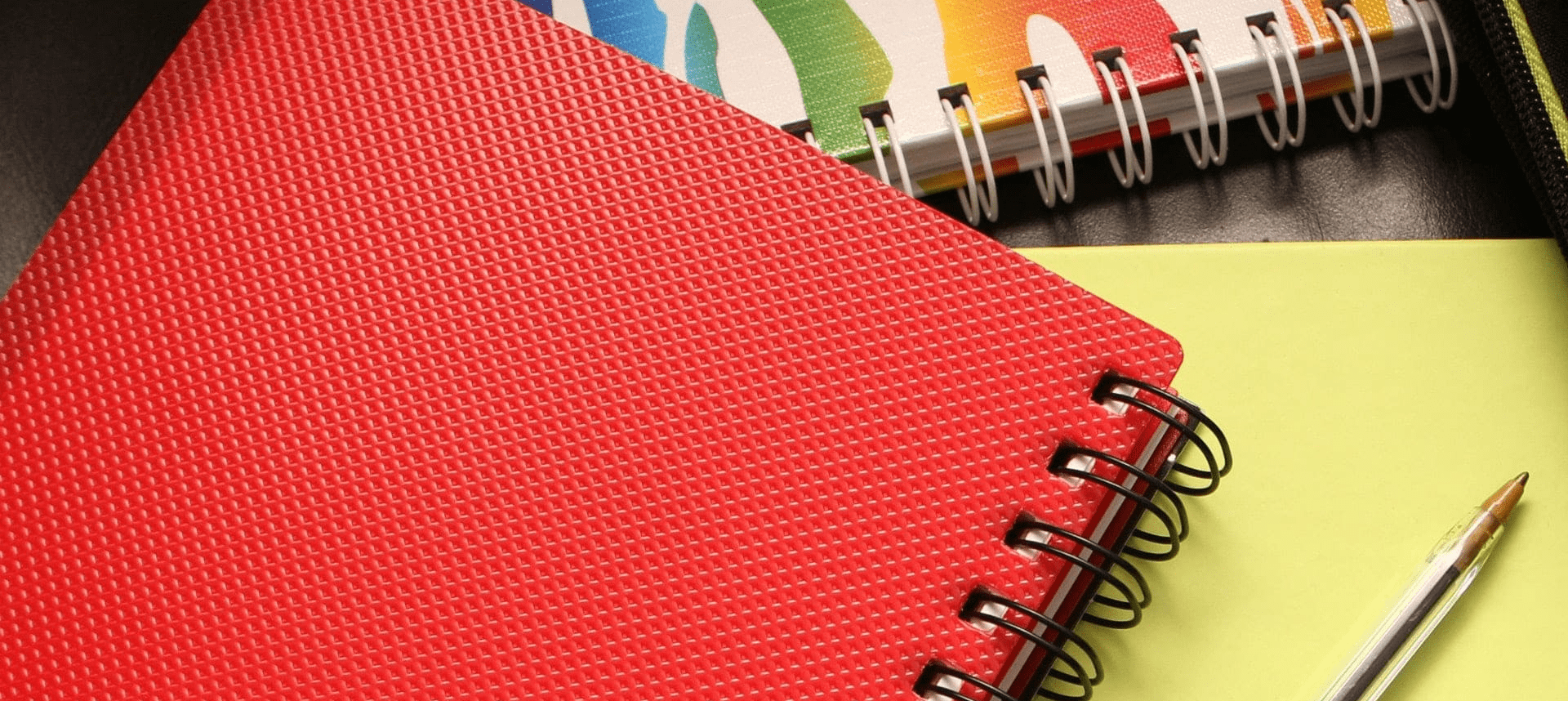

Do I Need to Create an Annual Portfolio?
A portfolio is a collection of school work and projects that can be evaluated and used to show progress. In some states, a portfolio is required as part of the homeschool requirements and will be kept for each student throughout the course of every homeschool year. In this case, portfolios can be stored in a file folder, file box, or filing cabinet as paper items. They can also be electronic, and can be stored on a computer or online by scanning any paper items and using digital media.
Keep in mind that there is a difference between an annual portfolio and a college-prep portfolio. An annual portfolio is about record-keeping, reporting, and progress evaluation, whereas a high school or college portfolio is a representation of skills and accomplishments assembled for the purpose of gaining college admission or employment.
Making the Decision
Here are some tips to help you determine whether or not you need to build an annual portfolio.
State Requirements
The most obvious reason to create a portfolio is to meet state reporting requirements. Some states require that you keep a representative sample of your child’s work to show progress and improvement over the course of the year.
Observation
An annual portfolio provides a great tangible way for you to observe growth, learning, and progress for yourself. You can compare work from the beginning and ending of a school year or compare from year to year.
Special Needs
If your child has special needs or health issues, a portfolio can offer a vital resource for charting patterns, improvement and decline, or red flags. Portfolios are also helpful for identifying growth, change, or potential issues if your family is dealing with special circumstances such as a move, parental deployment, illness, or other major life change.
Points to Ponder
If by this point you’ve decided that you do need to create an annual portfolio, you are probably wondering where to begin. Here are some tips for building an annual portfolio.
Samples
While it can be tempting to save every assignment, worksheet, and project, it really isn’t necessary. The goal of a portfolio is to show your child’s progress. Regularly go through your child’s schoolwork and choose items that best represent your child’s work. For example, you might save handwriting samples, writing assignments, math assessments, and spelling tests over the course of the year. For some items, such as art projects or poetry, you might let your child choose his favorites. Also include notes about developmental and emotional milestones. Be sure to choose from the beginning, middle, and end of the year.
Test Scores
Include any scores from standardized tests your child has taken. If you give a reading level assessment, add that information as well. You can use a recording sheet and list test scores for any exams given during the year.
Checklists
If your curriculum has a scope and sequence, add that to the portfolio. Check off each item as it is mastered. You can also find checklists online for a variety of subjects or create your own based on what your child is learning. For example, a kindergarten checklist might include items such as reciting the alphabet, counting to 20, or tying shoes. A high school checklist could include important household skills or a list of topics covered in history.
Rubrics
A rubric is a tool for evaluating schoolwork. It has a list of criteria for an assignment, with descriptions of quality for each of the criteria. Think superior, excellent, meets expectations, and needs improvement, though you can use numbers or any other description you like for the quality levels.
Notes
As a homeschool teacher, you make observations about how your child is performing on an everyday basis, in ways that a test just won’t show. Try to take notes regularly about what you notice your child doing as she learns. Make sure to date them and add them to her portfolio.
Photographs
Large artwork, three-dimensional objects, and science experiments are all an important part of your child’s education, but they are impossible to store in a portfolio. Take photos instead! You can upload digital photos into an electronic portfolio, or print them out for a paper one. Glue them to a piece of paper so you and your student can both add your observations, or add a description online.
Digital Files
If you are using an electronic portfolio, you can add recordings or videos. Record plays and music performances, speeches or poetry readings. You can record your child as he is learning to read, or record recitations or narrations from an older child. Rather than write notes and observations, you can record these as well.
Extracurricular
Besides core subjects, portfolios should include outside activities and learning experiences as well. Add photos of field trips or volunteer activities. Include certificates and awards. Add notes or information from coaches and music or art teachers.
A Few More Thoughts
Portfolios are a fantastic tool for showing the educational progress your student has made. Because each portfolio represents the individual student, there is a great deal of flexibility available as you pull together representations of your child’s work.

